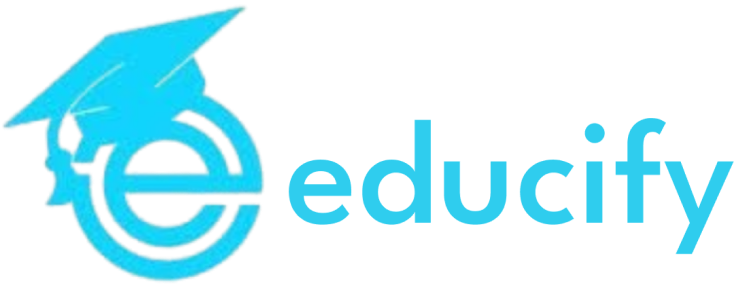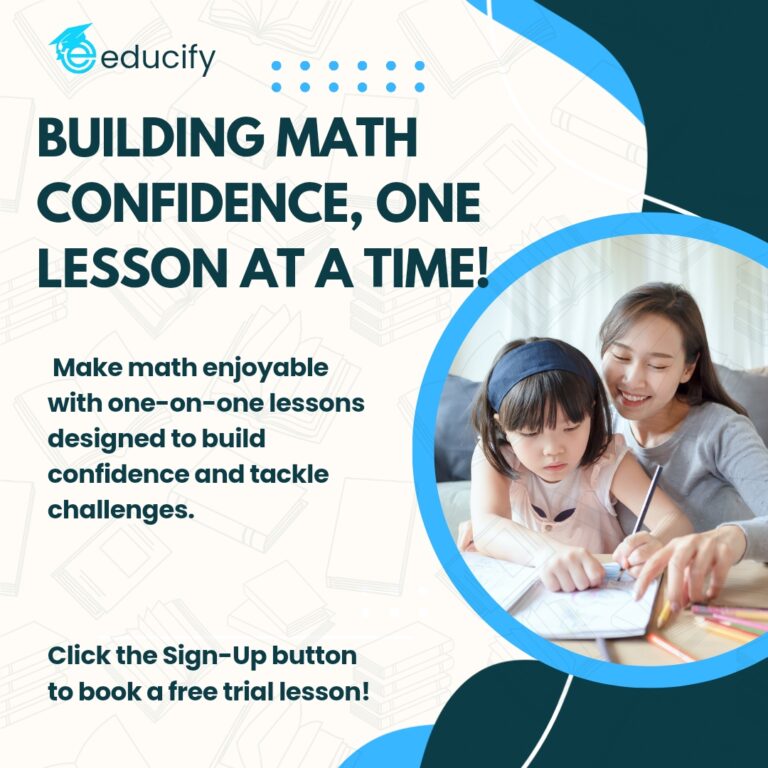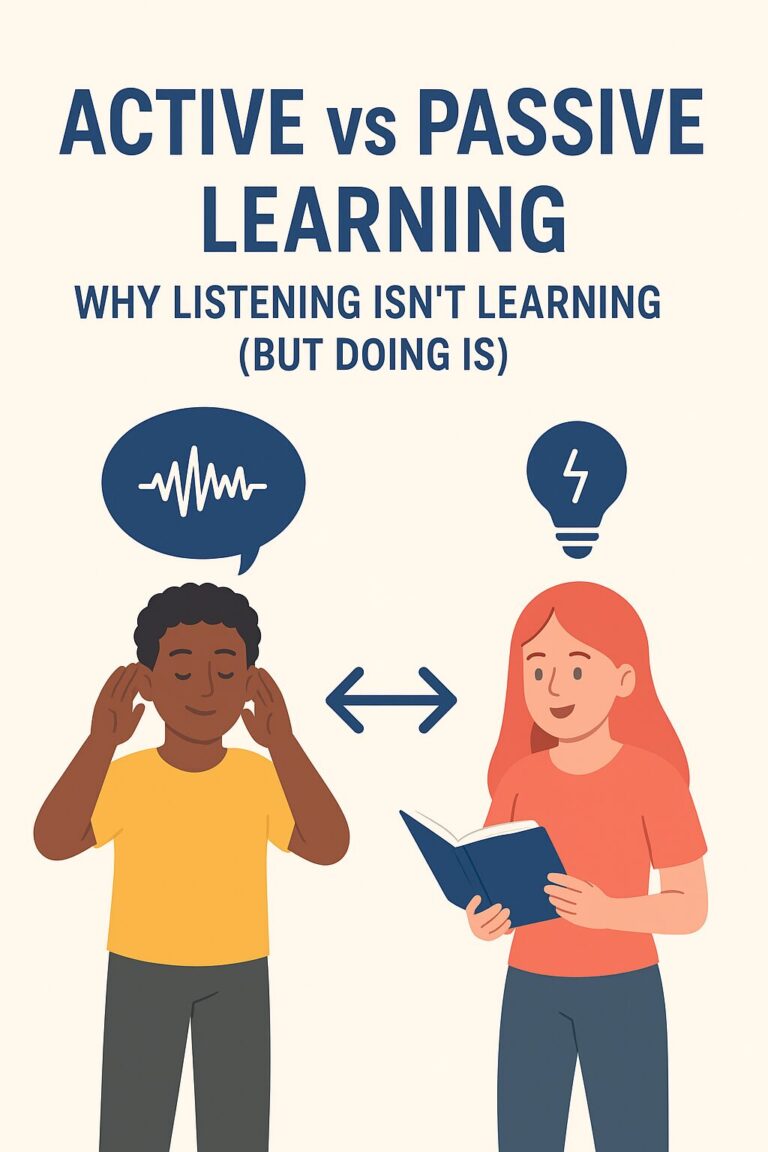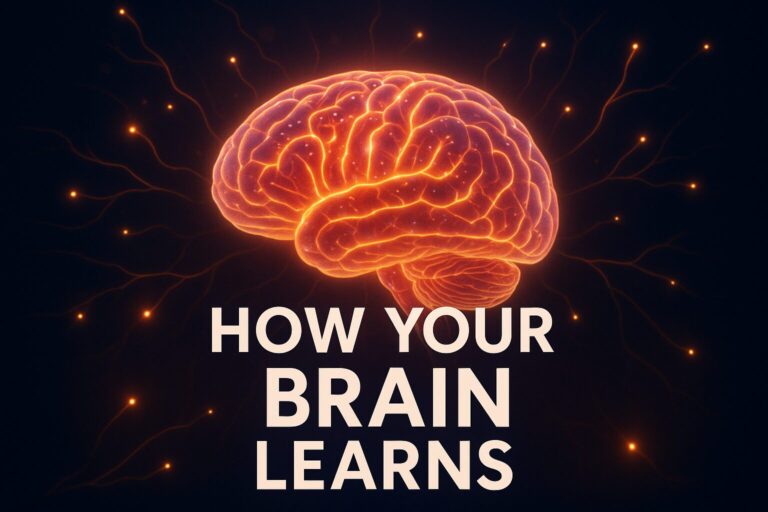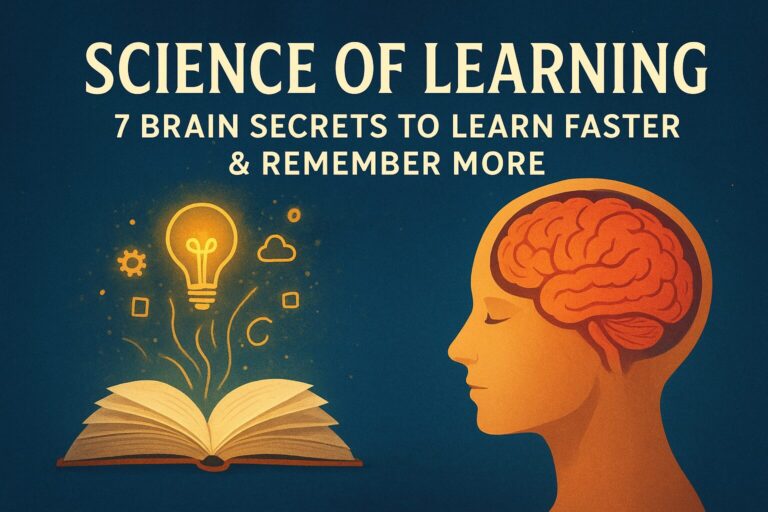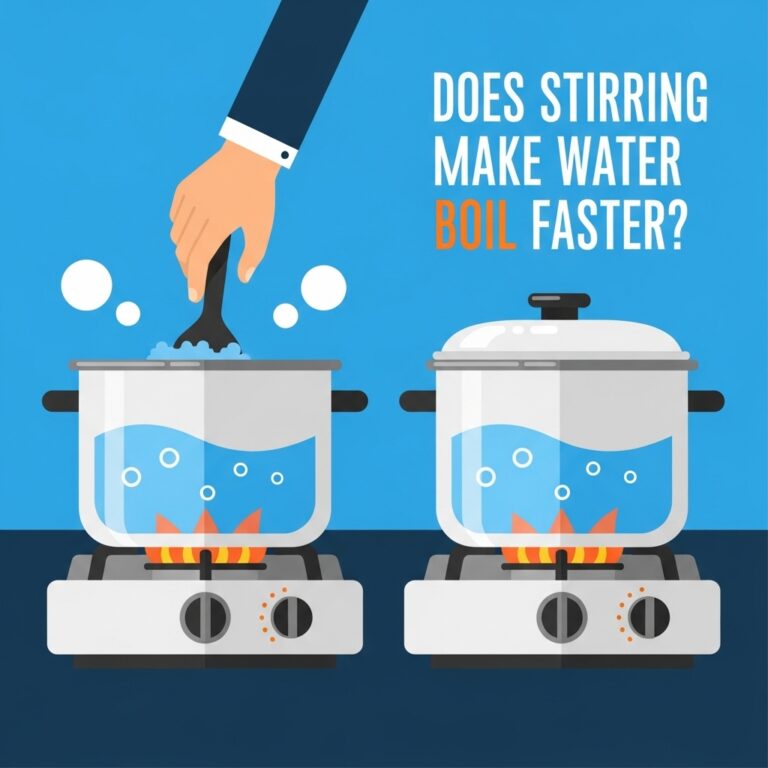
In every classroom, there are two types of students:
- The ones who read, highlight, and re-read… yet still forget.
- And the ones who engage, question, connect, and remember twice as fast.
The difference is not intelligence.
It’s not talent.
It’s learning method.
One is passive learning.
The other is active learning – the secret technique top students use to learn faster, retain longer, and perform better.
What Is Active Learning?
Active learning is a study method where students interact with the material – not just read or listen to it.
Instead of memorizing information, you work with it, explain it, question it, test it, and connect it.
Your brain doesn’t store information because it saw it…
It stores information because it used it.

Passive Approach vs Active Approach
| Aspect | Passive Approach | Active Approach |
|---|---|---|
| Role of the learner | Mostly listening or copying | Participating, questioning, explaining |
| Brain engagement | Low — information sits on the surface | High — ideas are processed and transformed |
| Memory strength | Short term | Long term |
| Learning style | Teacher delivers → student receives | Student interacts → builds understanding |
| Real-world application | Rarely practiced | Frequently applied and tested |
| Attention level | Drifts easily | Naturally stays focused |
| Outcome | “I’ve seen it before” | “I can actually use this” |
This is why students who “study for hours” still forget – they’re passively absorbing, not actively processing.
Why Active Learning Works (The Brain Science)
When you actively interact with information, your brain:
- Builds more neural connections
- Strengthens recall pathways
- Converts short-term memory into long-term memory
- Treats information as “valuable,” not disposable
This is the same principle behind:
- Spaced repetition
- The Feynman Technique (teach to learn)
- Problem-based learning
- Self-testing and retrieval practice
Top students don’t study more
they study differently.
Simple Active Learning Methods You Can Start Using Today
1. Teach It Back
Explain the topic to someone else (or yourself) as if you are the teacher.
2. Practice Retrieval
Close your book → try to recall from memory → THEN check.
3. Ask “Why?” Instead of “What?”
Passive = “What is photosynthesis?”
Active = “Why does the plant need sunlight, and what would happen if it didn’t get enough?”
4. Create Questions, Not Just Notes
Students who write their own questions remember more deeply.
5. Apply What You Learn
The moment you use knowledge, the brain rewards retention.
Real Classroom Example
Passive student:
Reads the chapter 3 times → forgets in 2 days.
Active student:
Reads once → summarizes → asks 3 questions → teaches a friend → remembers for weeks.
Same lesson.
Different brain response
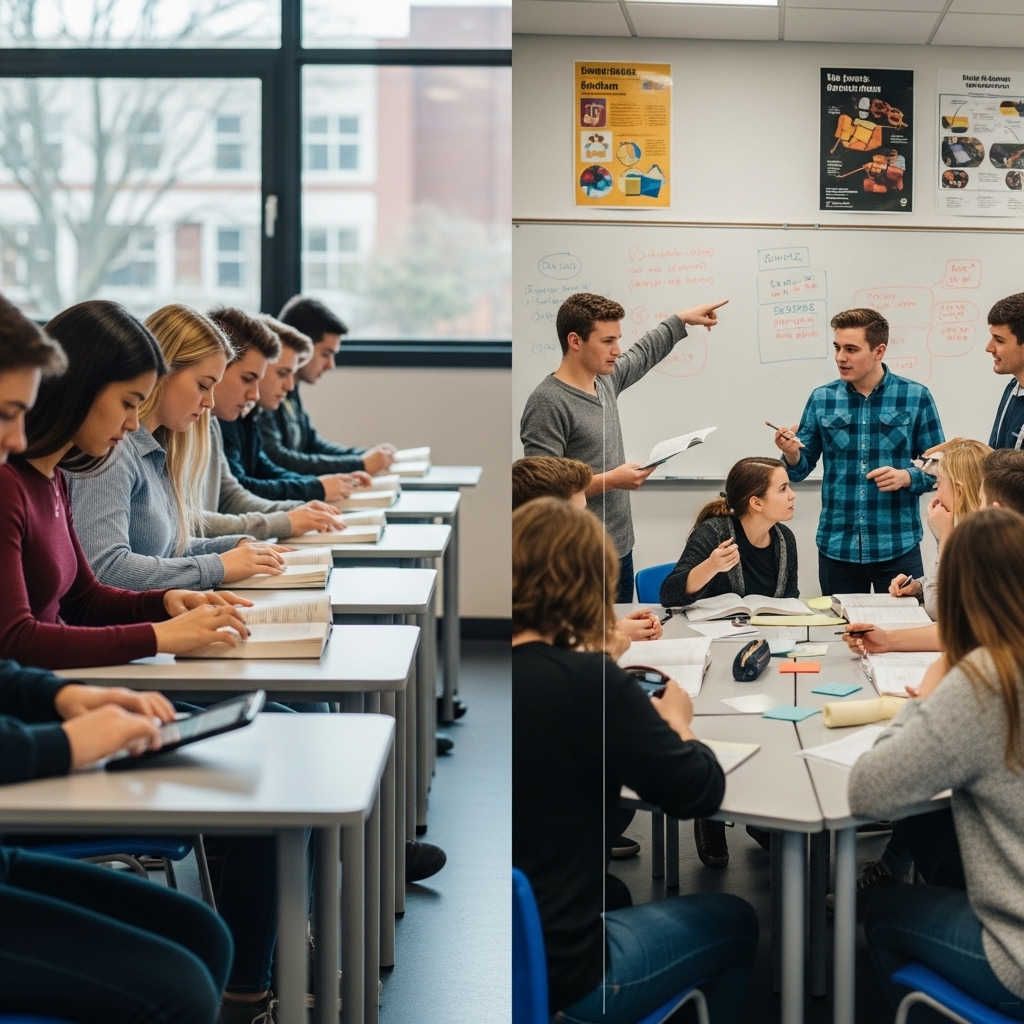
When to Use Active Learning
| Situation | Active Learning Strategy |
|---|---|
| Studying for exams | Retrieval practice & Feynman Technique |
| Learning new concepts | Question-led learning |
| Remembering definitions | Visual association & recall |
| Complex topics | Teach-back & simplification |
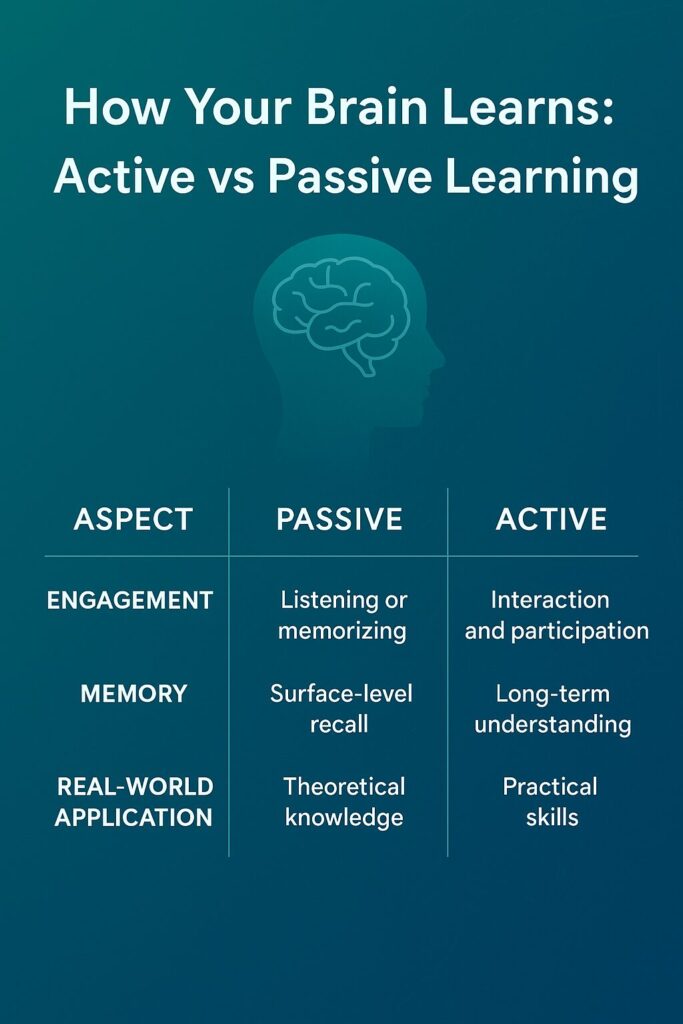
veryday Examples Students Can Try
Active learning isn’t complicated – it simply means switching from “absorbing” to “using.” A few small shifts can completely transform study time:
| Instead of… | Try… |
|---|---|
| Copying notes | Explaining it out loud as if teaching a friend |
| Rereading textbooks | Creating a quick concept map or flowchart |
| Memorizing definitions | Using them inside a real scenario or example |
| Highlighting lines | Asking a question after every paragraph |
| Listening | Predicting what comes next |
These micro-switches give the brain proof of relevance, which is what turns short-term memory into long-term knowledge.
Why Top Students Learn Faster
Top-performing students are not necessarily “smarter”; they simply engage in strategies that give their brain better signals. They interact with learning instead of sitting behind it. Every time they explain, connect, apply, or question an idea, they deepen the mental pathway so they retain more in less time.
Perfect example: A student who spends 25 minutes practicing past questions will often learn more than someone who spent 2 hours reading the same chapter.
Small Switch, Big Results
You don’t have to change your entire study routine. You only need to change your relationship with what you read. The moment you move from input to interaction, your brain treats learning differently.
If you want retention, don’t just read – respond.
Active learning is not extra work.
It’s smarter work, and this is why it remains the secret technique top students rely on-quietly, consistently, and successfully.
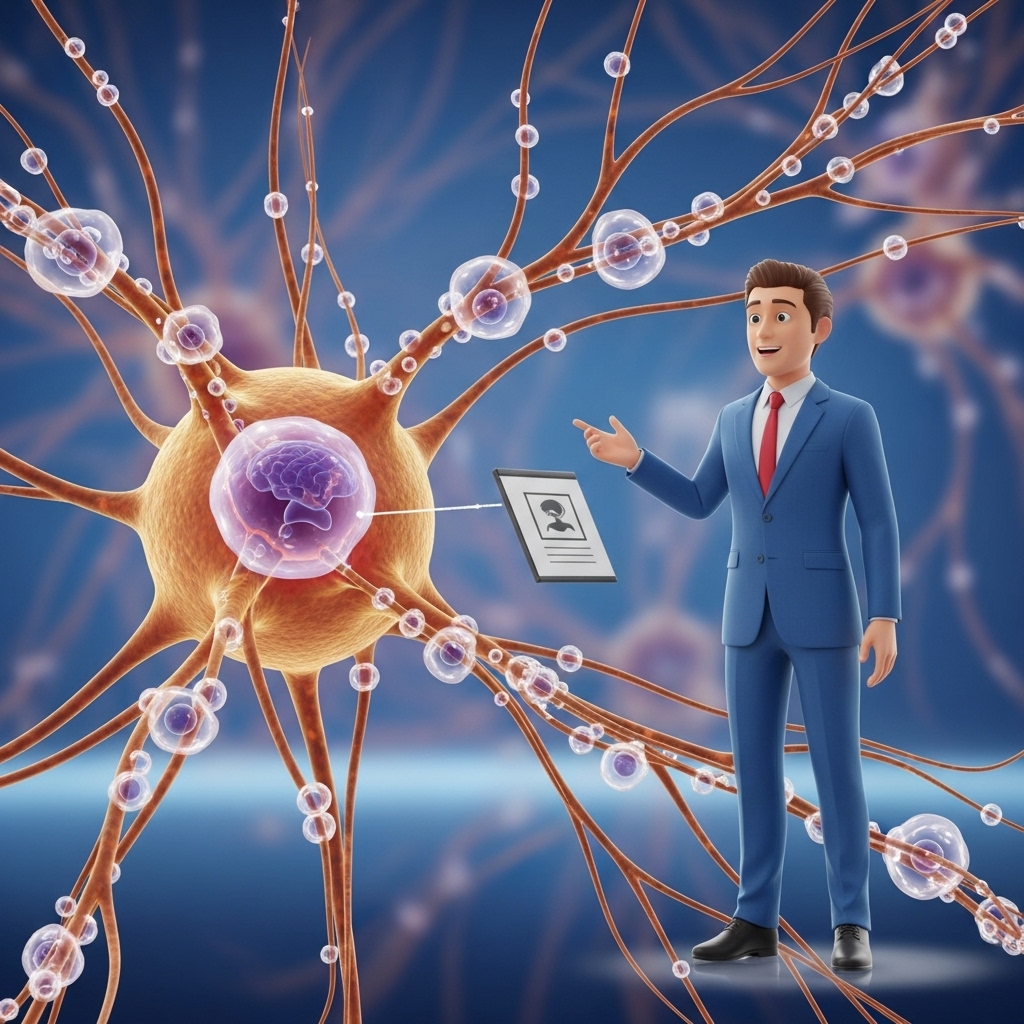
Related Links
How Your Brain Learns: The Hidden Science of Smarter Studying
The Science of Learning: 7 Proven Brain Secrets to Learn Faster & Remember More
Hooda Math Games – Fun & Educational Online Math Games for All Ages
If you want to learn faster, remember longer, and study smarter don’t just consume information.
Engage with it.
Educify helps students move from passive learners to powerful thinkers – one strategy at a time.
